The automobile heating control valve is a crucial component of the automotive heating system, controlling the flow of heated coolant into the cabin. The heater coolant control valve is especially important for maintaining a comfortable temperature inside the vehicle while supporting proper engine function. However, like any mechanical component, these valves can experience problems over time that affect both vehicle comfort and performance.
This article will review common issues associated with heater control valves, their symptoms, causes, and the potential effects on your vehicle. Understanding these factors can help you identify problems early and seek proper maintenance.
Typical Problems with Heater Coolant Control Valves
Heater control valves are exposed to high temperatures and pressure from the engine’s cooling system, which can cause wear and malfunction. Some frequent problems include:
Valve Sticking or Jamming: Over time, corrosion or debris buildup can cause the valve to stick in either an open or closed position. This leads to a lack of proper coolant flow and irregular heating inside the vehicle.
Leaks: Damaged seals or cracks in the valve body may result in coolant leaks. This not only reduces heating efficiency but also risks engine overheating if coolant levels drop.
Electrical Failures: In vehicles with electronically controlled valves, wiring or actuator malfunctions can prevent the valve from responding to temperature adjustments.
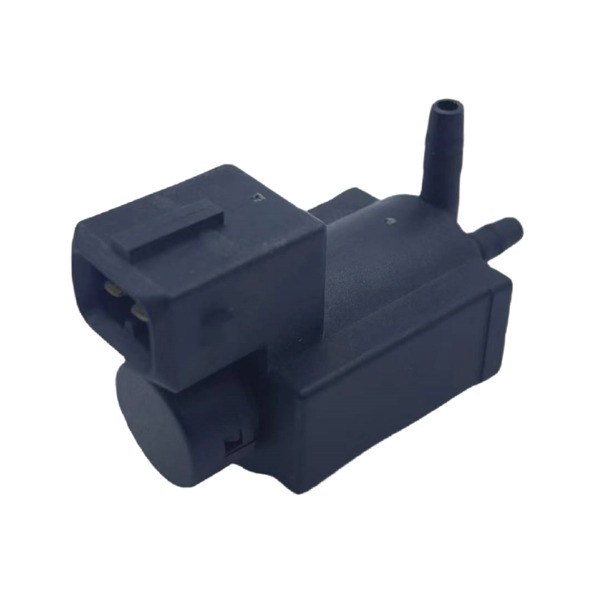
Symptoms of Heater Control Valve Issues
Recognizing the signs of a faulty heater control valve is essential for timely repair. Typical symptoms include:
Poor Cabin Heating: The interior heater may blow cold air or fail to maintain a consistent temperature.
Coolant Smell Inside the Vehicle: A leaking valve may allow coolant fumes into the cabin.
Engine Temperature Irregularities: Since the valve controls coolant flow, a malfunction can affect engine cooling, causing overheating or fluctuations.
Unusual Noises: Clicking or humming sounds when adjusting temperature controls might indicate valve or actuator problems.
If you experience these symptoms, it is advisable to have your vehicle inspected by a professional technician.
Impact on Vehicle Performance
A malfunctioning heater control valve can have consequences beyond passenger comfort. Since the valve regulates coolant circulation, issues can disrupt the engine’s cooling balance. Inadequate coolant flow can cause the engine to run hotter than intended, leading to:
Reduced engine efficiency
Increased wear on engine components
Potential engine damage due to overheating
Moreover, leaks from the valve can lower coolant levels, compounding these risks. Timely maintenance and repair of heater control valves are therefore critical for the overall health of the vehicle.
Maintenance and Troubleshooting Tips
To avoid problems with heater control valves, regular inspection and care are important. Here are some suggestions:
Routine Visual Checks: Inspect the valve and surrounding hoses for signs of leaks or corrosion.
Listen for Abnormal Sounds: Pay attention to noises when adjusting heating controls that may suggest valve issues.
Check Cabin Temperature Response: Ensure the heating system reacts smoothly and quickly to temperature adjustments.
Professional Diagnostics: For electronic valves, diagnostic tools can identify actuator or wiring faults.
In many cases, cleaning or replacing the valve can restore normal function. If leaks or damage are found, replacement is typically recommended to prevent further complications.
Heater control valves are essential for vehicle comfort and engine performance. Common problems such as sticking, leaking, or electrical failure can cause heating issues and affect the engine cooling system. Recognizing symptoms early and conducting regular maintenance helps prevent costly repairs and supports a reliable driving experience.

 English
English русский
русский Español
Español
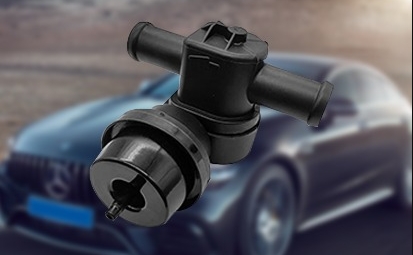
 View More >>
View More >>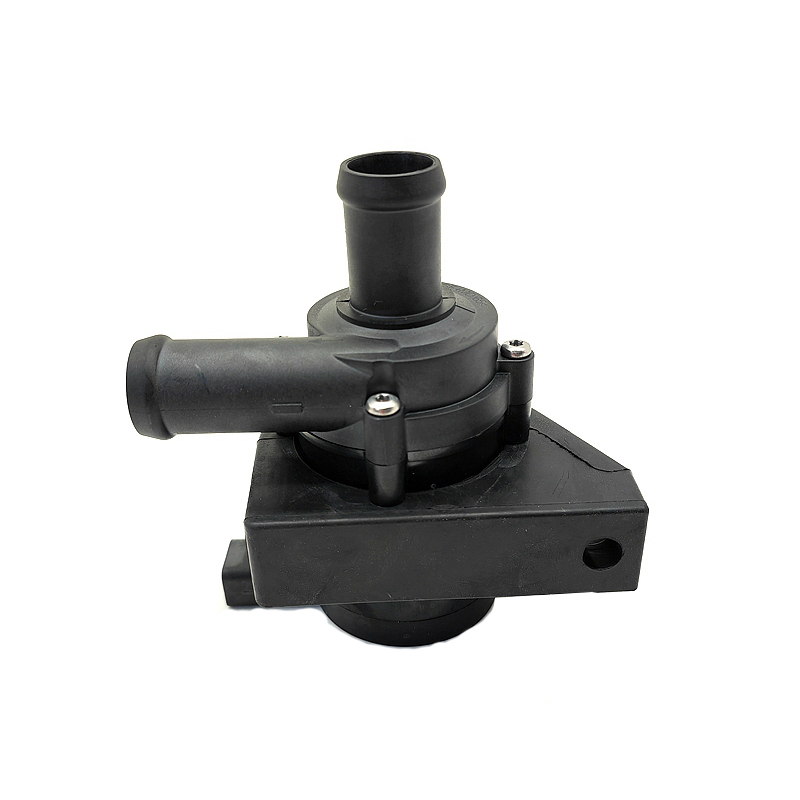 View More >>
View More >>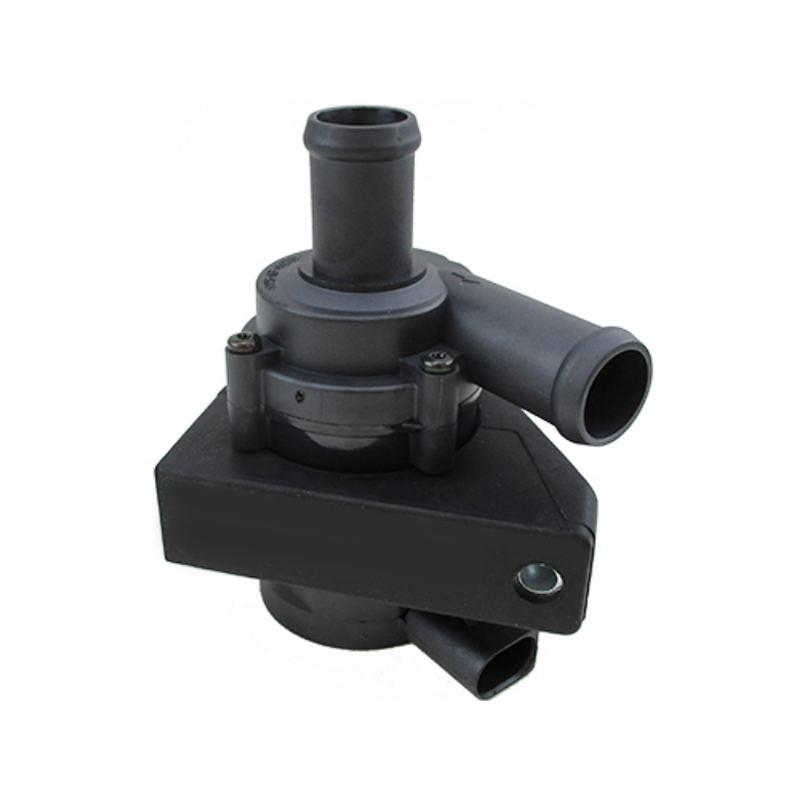 View More >>
View More >>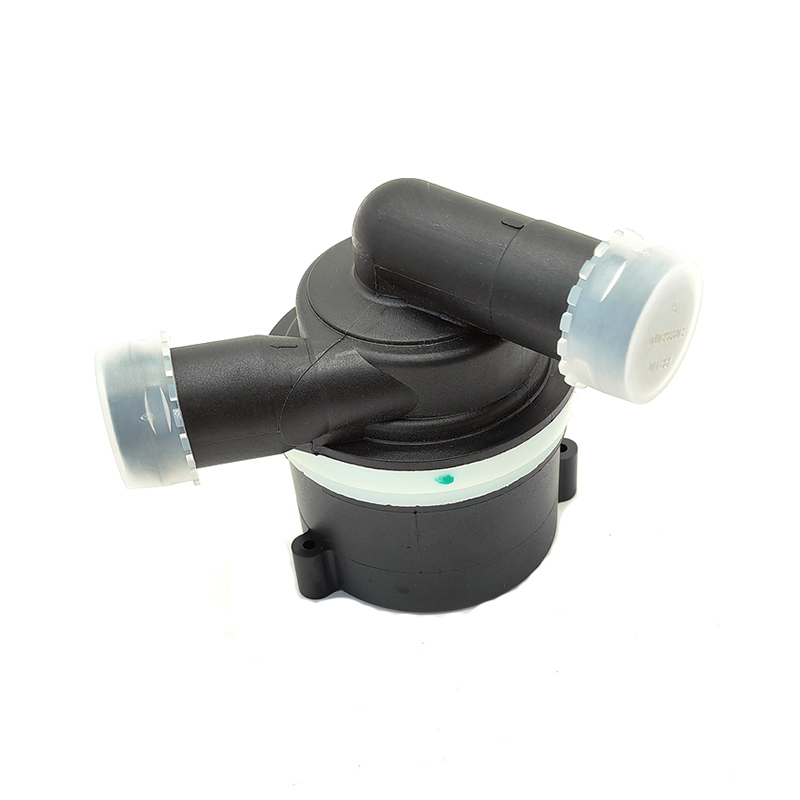 View More >>
View More >>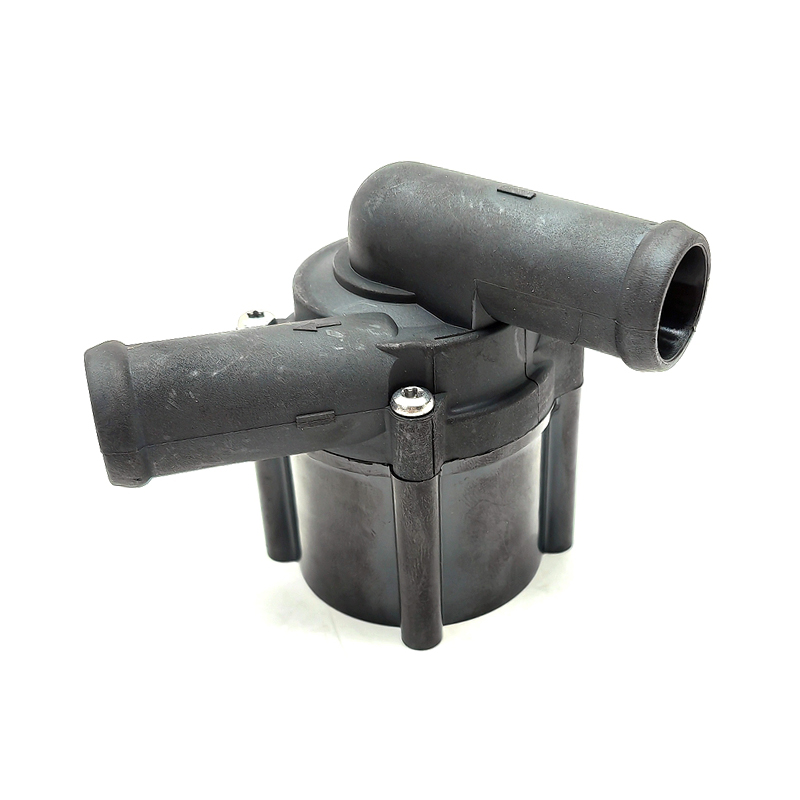 View More >>
View More >> View More >>
View More >>